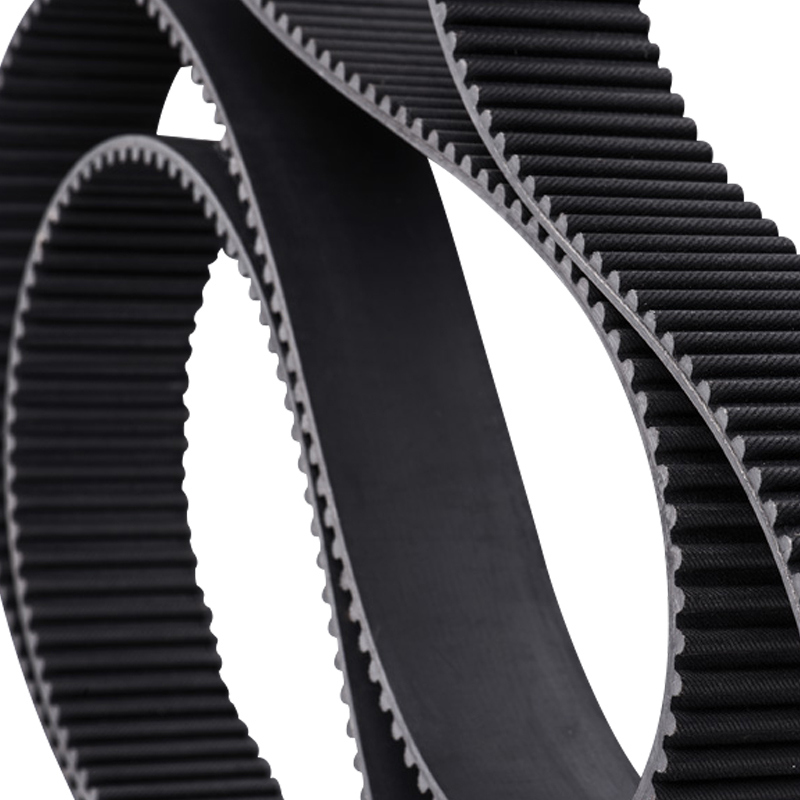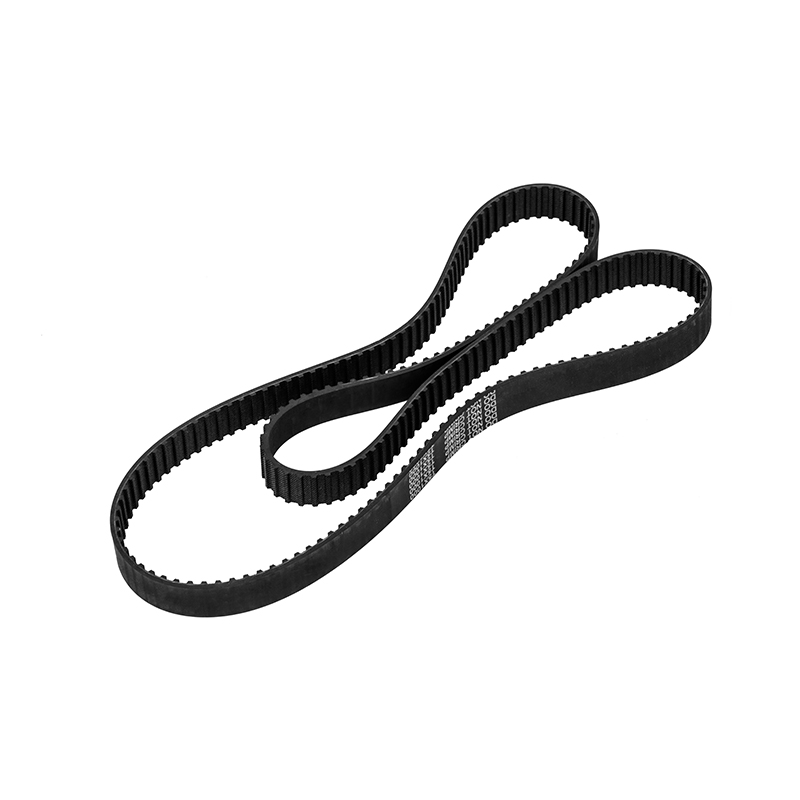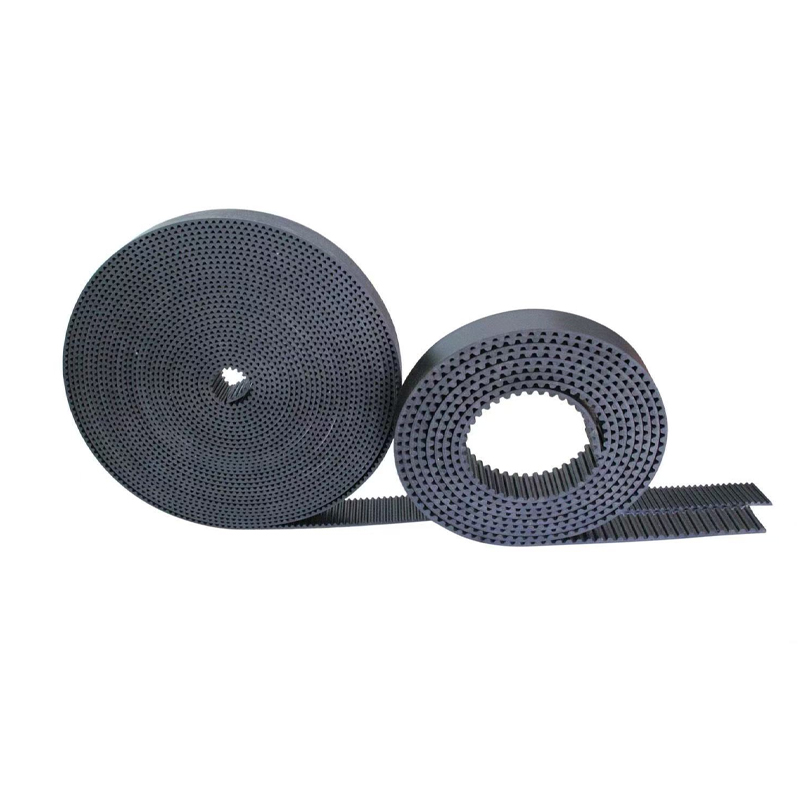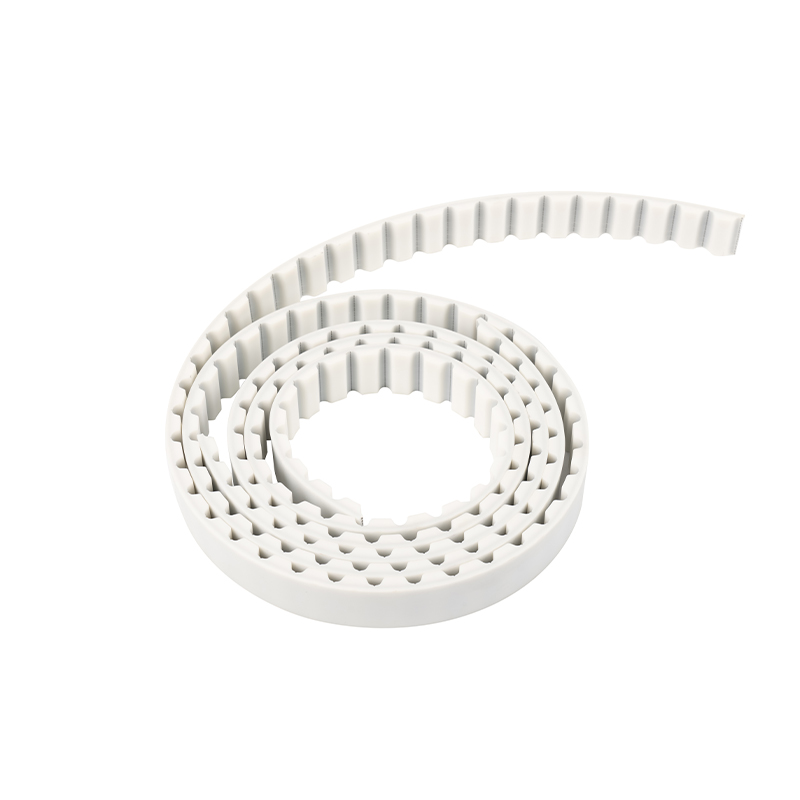Reducing Downtime with Reliable Synchronous Belt Tooth Plates in Manufacturing Lines
2025-10-29
Content
- 1 The Critical Role of Downtime Reduction
- 2 Understanding Synchronous Belt Tooth Plates
- 3 How Downtime Occurs in Manufacturing Lines
- 4 Applications in Manufacturing Lines
- 5 Selecting the Right Synchronous Belt Tooth Plate
- 6 Maintenance Practices to Minimize Downtime
- 7 Economic Impact of Reliable Tooth Plates
- 8 Industry Trends and Future Outlook
The Critical Role of Downtime Reduction
In today’s highly competitive manufacturing environment, every second of downtime costs money. Unplanned stoppages not only reduce production output but can also compromise quality, delay deliveries, and erode customer trust. One often-overlooked component that plays a vital role in maintaining smooth operations is the synchronous belt tooth plate.
Synchronous belt systems — also known as timing belt systems — are integral to precision motion control in modern manufacturing lines. From conveyors and automated assembly machines to CNC equipment and robotics, these systems rely on synchronous belts and tooth plates to ensure accurate, reliable, and repeatable motion.
By choosing high-quality, durable synchronous belt tooth plates, manufacturers can minimize downtime, optimize efficiency, and maintain consistent product quality. This article explores how these components contribute to industrial reliability and outlines strategies for selecting and maintaining them effectively.
Understanding Synchronous Belt Tooth Plates
A synchronous belt tooth plate is a precision-engineered component that interfaces with the teeth of a synchronous belt, transmitting mechanical motion without slippage. Unlike traditional friction-based belt systems, synchronous belt systems use interlocking teeth to maintain exact timing between rotating shafts or linear motion elements.
Key characteristics of synchronous belt tooth plates include:
Precision Machining: Ensures accurate tooth profile for optimal engagement with the belt.
Durable Materials: Typically made from high-strength steel, aluminum, or composite materials to withstand load and wear.
Surface Treatment: Coatings or heat treatments enhance wear resistance, corrosion protection, and fatigue life.
Load-Bearing Capacity: Designed to handle high torque and maintain alignment under continuous operation.
These attributes make synchronous belt tooth plates critical for high-speed, high-accuracy manufacturing processes, where even slight misalignment or wear can trigger downtime.
How Downtime Occurs in Manufacturing Lines
Manufacturing downtime can arise from multiple sources, including:
Belt slippage or tooth wear: Causes misalignment and errors in motion control.
Premature component failure: Poor-quality tooth plates can fracture under load.
Inconsistent tensioning: Improper installation or material fatigue leads to uneven power transmission.
Environmental factors: Dust, heat, moisture, or chemical exposure can degrade materials.
Even a few minutes of stoppage in a high-volume production line can translate into significant financial losses. For example, automotive assembly plants report that unplanned downtime can cost up to $22,000 per minute, emphasizing the value of robust mechanical components like synchronous belt tooth plates.
Applications in Manufacturing Lines
Synchronous belt tooth plates are used across a variety of industrial applications, each requiring precise motion and reliability:
Conveyor Systems
Conveyors form the backbone of manufacturing lines, transporting raw materials and finished products between stations. Tooth plates in conveyor systems ensure:
Consistent speed and synchronization between multiple belt-driven conveyors.
Minimal slippage, preventing product misalignment or damage.
Load distribution, reducing stress on motor and bearings.
High-quality tooth plates help maintain smooth operation, avoiding stoppages that would otherwise require belt realignment or replacement.
CNC Machinery
Computer Numerical Control (CNC) machines demand high precision and repeatability. Synchronous belt tooth plates:
Maintain exact positioning of spindles, linear slides, and rotary tables.
Prevent backlash caused by worn or mismatched components.
Enable high-speed operation without compromising accuracy.
Downtime due to misalignment in CNC machines can halt entire production cells, making durable tooth plates a key investment for minimizing operational risks.
Robotics and Automated Assembly
Robotic arms and automated assembly lines rely on timing belts with matching tooth plates to synchronize joint movement and end-effector actions. Benefits include:
Precise motion control for assembly, welding, or packaging tasks.
Reduced maintenance frequency, since wear-resistant plates require less frequent replacement.
Integration with smart monitoring systems, allowing predictive maintenance to prevent unexpected failures.
In automated production, even small timing deviations can trigger errors that halt the line, highlighting the importance of reliable tooth plates.
Printing, Packaging, and Food Processing Equipment
In packaging, labeling, and printing applications, timing and consistency are crucial. Tooth plates ensure:
Exact timing between belts, rollers, and feeders.
Smooth transitions at high speeds without product jams.
Longevity in environments exposed to moisture, oils, or abrasive materials.
Failures in these sectors can disrupt supply chains and increase scrap rates, making durable tooth plates a cost-effective solution.
Selecting the Right Synchronous Belt Tooth Plate
Choosing the right synchronous belt tooth plate involves considering material, design, and operational environment:
Material Selection
- Steel: High strength and wear resistance for heavy-duty applications.
- Aluminum: Lightweight, corrosion-resistant, suitable for moderate loads.
- Composite/Polymer: Low friction, ideal for light-duty or corrosive environments.
Design Considerations
- Tooth profile compatibility with belt type (HTD, GT2, XL, etc.)
- Load-bearing capacity for torque and tension requirements
- Reinforced or modular designs for high-speed or heavy-duty systems
Surface Treatment
- Hardened or coated surfaces reduce wear and extend lifespan
- Anti-corrosion treatments protect in humid, chemical, or abrasive environments
Manufacturer Expertise
- Partnering with reputable suppliers ensures quality control, precise tolerances, and warranty support.
Selecting components that match both mechanical demands and environmental conditions is essential for minimizing maintenance and downtime.
Maintenance Practices to Minimize Downtime
Even high-quality synchronous belt tooth plates require proper maintenance. Best practices include:
Regular Inspection: Monitor for wear, cracks, or corrosion. Replace worn plates before failure.
Proper Belt Tensioning: Incorrect tension accelerates tooth and belt wear. Use tension gauges or automated systems.
Clean Operating Environment: Remove debris, dust, or liquids that may interfere with engagement.
Lubrication Where Applicable: Some systems benefit from light lubrication, depending on material and operating conditions.
Predictive Maintenance Tools: Sensors and IoT systems can track belt load, alignment, and tooth wear, alerting operators before failure occurs.
By implementing structured maintenance routines, manufacturers can extend the life of tooth plates and significantly reduce unplanned downtime.
Economic Impact of Reliable Tooth Plates
Reliable synchronous belt tooth plates provide direct and indirect cost savings:
Reduced Component Replacement Costs: Durable materials and surface treatments minimize frequency of replacement.
Lower Labor Costs: Fewer interventions are needed to adjust belts or replace failed plates.
Minimized Production Losses: Consistent, trouble-free operation avoids costly line stoppages.
Enhanced Product Quality: Accurate motion prevents defects caused by misalignment or timing errors.
Across large-scale production lines, these benefits translate into millions of dollars in savings annually, reinforcing the value of investing in high-quality components.
Industry Trends and Future Outlook
Several trends are shaping the future of synchronous belt tooth plates:
Advanced Materials: Incorporating ceramics, composites, or coated alloys for extreme durability.
Smart Components: Integration with sensors to enable real-time monitoring of wear and alignment.
Lightweight and Modular Designs: Reducing mass while maintaining strength, especially in high-speed automation.
Global Manufacturing Standards: Standardization of tooth profiles and materials improves interoperability and reduces downtime during replacements.
As automation and precision manufacturing continue to expand, the demand for reliable synchronous belt tooth plates will grow, with innovations focused on durability, accuracy, and predictive maintenance.


 English
English 中文简体
中文简体













